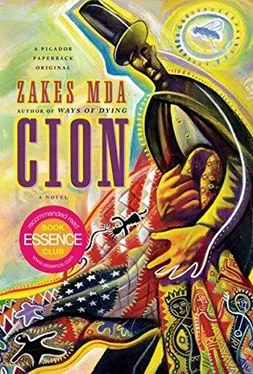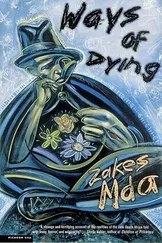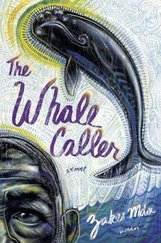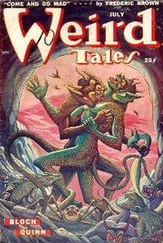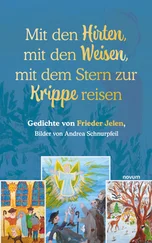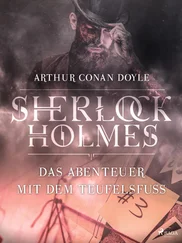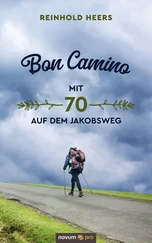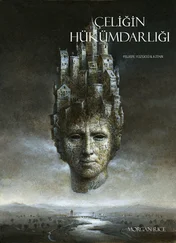The children screamed in unison: “And then what happened?”
She pretended she had forgotten what happened after the giraffe and Divided came onto the scene and challenged the children to complete the story themselves. They came with their various versions of how the giraffe and Divided conspired to spoil the peace of the Children of the Tear, and how later the giraffe and Divided fell out between themselves and then fell into a crevice that The Sun had opened on the earth to save the Children of the Tear.
But one of The Owner’s sons would not buy the very beginning of the story.
“You say there was nothing in the world…only The Sun?” he asked.
And when all the children shouted that it was indeed so, the world was empty except for The Sun, the boy asked: “What about Jesus? Where was Jesus when all this was happening?”
“It was before there was nobody,” the Abyssinian Queen explained. “Not even Jesus. Not even trees and rivers.”
“Not even chickpeas,” his little sister piped. He loved chickpeas and at lunchtime they had fought over some that she had spilled on the floor by mistake.
The next day the Abyssinian Queen was surprised to see the shadow of the lady of the house looming at the cabin door. She immediately put her sewing on a bench and rushed to welcome her. The lady of the house was, however, not in any mood for pleasantries. She told the Abyssinian Queen that she was greatly offended that she was teaching her children voodoo stories, telling them that there was a time when there was no Jesus. Jesus has always been there.
“It’s only a story, ma’am,” the Abyssinian Queen said. “Maybe you gotta stop them kids from coming. It will break their li’l hearts though.”
“I ain’t gonna stop them from nothing,” said the lady of the house with finality. “This is their plantation, you know, so they gonna go where they wanna go. All you gotta do is stop the voodoo stories and tell Bible stories instead.”
Of course the Abyssinian Queen continued unabated with her “voodoo” stories and the children, including The Owner’s, continued to gather in the evenings. They even learned to sing along and to join in the choruses and in call-and-response chants.
The Owner never suspected anything subversive about the storytelling sessions, even when the lady of the house complained that they accorded too much mixing of the children, who would normally be segregated and quartered according to their breed and pedigree. The Owner was indeed becoming too soft with age. For instance, the white children who came for the stories were not only the freeborn from the big house — the lady’s own kids, that is. There were also the white girls who had been sold to Fairfield Farms by their indigent parents, and those who were said to be illegitimate and were then given to African women to bring up. All these would be reduced to slavery when they grew up, and would be used for the breeding of the much valued mulatto slaves. In the meantime The Owner turned a blind eye as these children mixed and filled their lives with the magic of foxes and buzzards and rabbits and wolves and scallywags of all types that all tried to outdo one another in knavery.
But stories of how Nat Turner, a preacherman, led more than fifty fellow slaves to take the armory in Southampton County, Virginia, and was hanged after being captured, were told in whispers, when the white children had gone back to the big house and to their various quarters. The pain of this particular story was still very fresh in the community because it happened only three or four years before. Stories of how Denmark Vesey, a respected carpenter and minister of religion, himself a former house slave, led a rebellion against slave owners in Charleston — not their Charleston, but another Charleston in South Carolina — and was executed a decade or so before, waited for the time when only the two boys remained.
At first the boys took these stories passively, but as they grew older the stories acquired new meaning. So did the quilts that their mother gave them one Christmas. Abednego’s was the crazy quilt with the map. For Nicodemus she created a wonderful sampler with the well-known designs: the Drunkard’s Path, the Log Cabin, the North Star, the Monkey Wrench, Crossroads, and the Flying Geese. Those who saw the quilt admired its beauty — the way she had arranged each of those designs and the color combinations that made each pattern stand out and yet blend in with the rest.
This was not beauty for its own sake; the Abyssinian Queen stressed that to the boys. Each design carried a message. The idea of making quilts talk a secret language first came with the forebears from the old continent, she went on. In the old continent works of art, including garments that people wore and lids that covered pots, talked secret languages that could be understood only by those who had been initiated into the circle.
In the same way that she taught them how to read the map on Abednego’s crazy quilt, she taught them how to interpret the sampler. They enjoyed it most when she told them what the Drunkard’s Path meant, for she acted out with silly exaggerations the staggering walk of a drunkard. The pattern, she said, told them never to take a straight route when they escape. They should always take a zigzag path. That way the evil spirits would not catch them, for evil spirits always traveled in a straight line. Like the evil spirits, slave chasers would be confused and lose track of them. The boys were not only fascinated by the meaning of the pattern but by the actual sewing of the Drunkard’s Path…how their mother cut one-quarter circles and then rearranged them to form the zigzags. It looked so simple when she did it yet so complicated when one looked at the finished product.
The other patterns on Nicodemus’s sampler transmitted messages to escapees along similar lines: the North Star advising them always to follow the North Star for that was the correct direction to Canaan, which existed on official maps as Canada; the Monkey Wrench warning them of the necessity of thorough preparation and of acquiring appropriate tools and provisions for an escape; the Flying Geese and Crossroads once more identifying the directions to be taken; and the Log Cabin denoting Underground Railroad stations. There were many other patterns that they would learn all in good time, most of which she herself had yet to learn from the matriarchs.
What registered in the boys’ minds throughout all these lessons was that rather than identify a specific direction for escape as her map on Abednego’s crazy quilt attempted to do, the designs on Nicodemus’s sampler were general warnings and advice. Although they did not give specific instructions on what to do at a specific time and point, they inspired the boys to aspire to escape. But most of all, as the Abyssinian Queen indicated through her performances, they celebrated acts of escape, hence encouraging others to do the same. She taught the boys the code every night, until they mastered it. It did not matter at all if it would ever serve any practical purpose in their escape. It was enough that it served them spiritually and nourished their hopes of freedom.
The closer Abednego got to the age when he would have to be sold, the more frantic the Abyssinian Queen became. Her stories of escape were filled with more urgency. Songs of escape permeated the very air that the occupants of Fairfield Farms breathed. The mother taught the boys to have sharp ears for every sound spoken of escape. The warbling of the birds in the morning. The croaking of the frogs in the evening. The chirping of the crickets. The hymns that the worshippers sang on Sunday. All these spoke the language of flight.
The boys learned that the biblical chariots that were coming to carry them home referred to the wagons with secret compartments that would take them to freedom. In the fields as men and women toiled they delivered the message about the presence of the Underground Railroad people in the vicinity by singing “Steal Away” or “Let My People Go,” passing the songs from person to person and from group to group, until the excitement permeated Fairfield Farms, and those who were ready indeed stole away. Why, even the rhythms of the blacksmiths talked. The hammer that repeatedly hit the anvil encoded messages of successful escapes or of the presence of abolitionists — both whites and free blacks — who were hiding in the gullies, biding their time, waiting to steal slaves away from their masters across the Ohio River.
Читать дальше
